Open to all students, the minor’s focus is on communicating about science with diverse audiences.
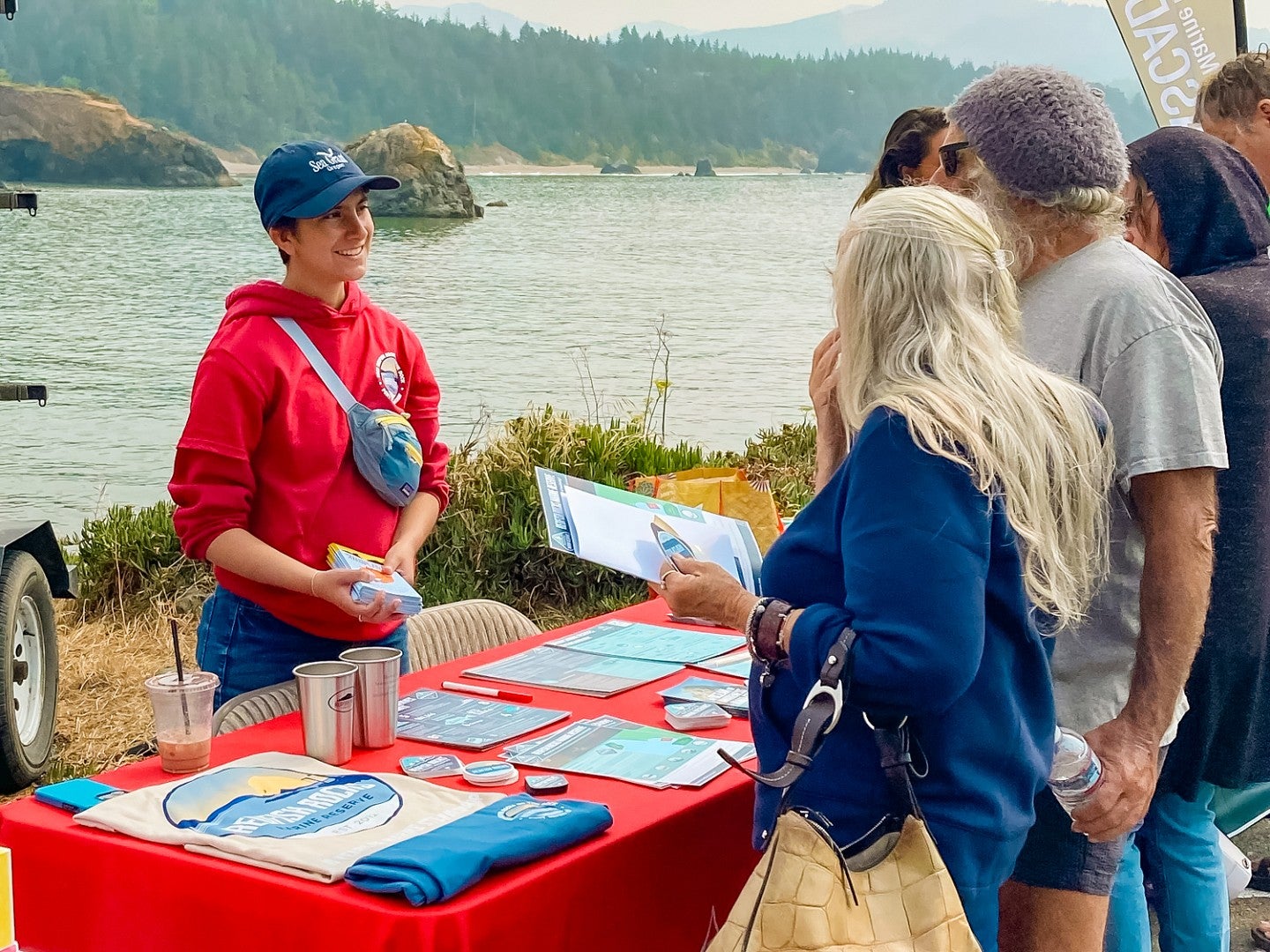
If we as a society are going to face the biggest challenges of our time — from climate change and global pandemics to misinformation and political polarization — science can’t just be for scientists. It’s important that everyone can access, engage with and think critically about science concepts to make choices that impact everyone.
That was the idea that led the UO School of Journalism and Communication (SOJC) to create the science communication minor, a flexible program open to all majors with a focus on research and the practice of communicating scientific findings to diverse audiences.
“The minor is a space for students to think about how we all engage with science,” said Hollie Smith, associate professor of science and environmental communication. “We talk about the systems and processes of science and communication, then invite students to find a path that works for them.”
Building on work from the SOJC’s Center for Science Communication Research, the science communication minor is interdisciplinary and consists of only three required courses and three elective courses, allowing students to explore a range of science communication topics. For example, students can take courses such as Science Communication and Decision Making, Environmental Communication Strategies, Science in Popular Media or Science Story.
Throughout the coursework, which blends theory with practical skill building, students learn to enhance the connection between science and society, think about the different ways to engage with individuals and groups about scientific topics and participate in hands-on research.
“One of the beautiful things about the program is how diverse our students are,” Smith said. “We have students from majors all across campus, which leads to rich interdisciplinary discussions where students bring their own expertise to the classroom.”
To learn more about some of the many avenues for science communication, read on about the work of three UO students who are earning the science communication minor.
October Graham: Approaching misinformation with curiosity
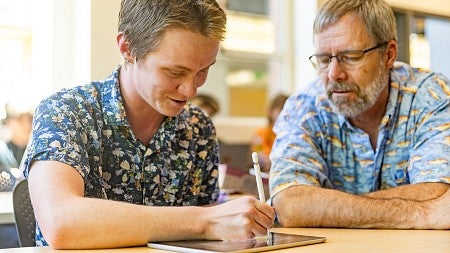
October “Toby” Graham is a fourth-year student majoring in linguistics with minors in science communication and comic studies. He decided to pursue the science communication minor after hearing about it from a linguistics professor while working in a lab as a research assistant. Graham said he was drawn to science communication because it allows students to conduct different types of research.
“Science communication not only opens up a door to engage with all sorts of interesting topics, but it also allows me to appreciate the beautiful curiosity of our species as a whole,” Graham said. “We are so driven by a desire to understand the world around us, and I cherish the experience of seeing a topic or phenomenon through the eyes of someone who loves to study it.”
Graham says there is a big need for science communication, especially now that misinformation about scientific content is rampant on the internet, and he wanted to be a part of the solution.
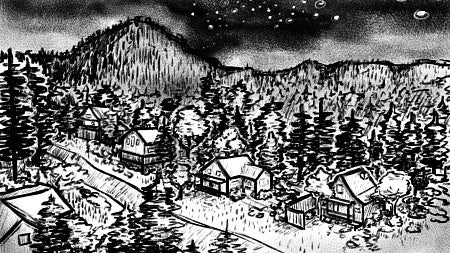
“In addition to all that, science communication is incredibly important for bridging the gap between researchers and the public, between knowledge and action,” Graham said. “There are so many problems that we know how to solve, but misinformed discourse and ineffective communication get in the way of that.”
In classes like Science Communication and Decision Making taught by Ellen Peters, Graham said students learn important skills in effective communication while getting hands-on opportunities.
As part of his coursework, Graham is working on an illustrated guide to prepping houses for wildfires. He’s also writing an article on physics Professor Benjamín Alemán’s research, which focuses on nanomechanical resonators.
“Often what makes a big difference between effective and ineffective communication is not what you say, but how you say it,” Graham said. “The classes I've taken have left me feeling more prepared to present information to people in a way that is clear and helpful, to consider my audience’s experiences and the ways those affect how my ideas will come across, and to be understanding of another person's worldview, especially when I disagree with them.”
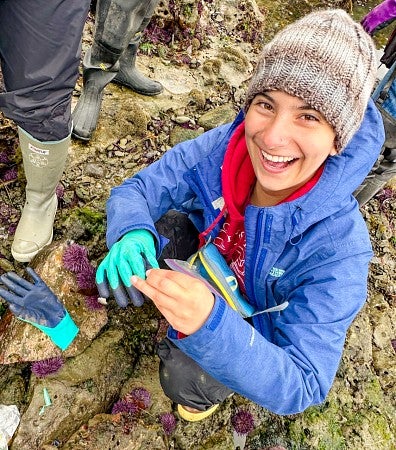
Sof Fox: Communicating science through dance
Fourth-year student Sof Fox, who is majoring in marine biology with minors in environmental studies, dance and science communication, was also drawn to the minor because of the community aspect.
“What interests me in science communication is using my scientific background and figuring out how to communicate that effectively, especially with relation to community members,” Fox said. “I mean coastal community members need to be involved in the science that we’re doing. And for that to happen, they need to be a part of the process and understand the science that’s happening, so bringing them into that is something that’s really important to me.”
While taking the course Living in Our Valley with Professor of Practice Torsten Kjellstrand, Fox focused on sharing the stories of the McKenzie River Trust and its watershed and river restoration work. After interviewing people related to the organization, they choreographed a dance piece to accompany their work.
“I created a longer audio of clips from their interviews, and that ended up being the basis for the choreography and the movement, where I was kind of thinking about what they were saying and translating that into the movement,” Fox said. “I was really surprised by how the people who participated in the interviews responded to it and how they felt like they connected more to the project. Being able to talk about it and then seeing the dance piece was something that they really appreciated.”
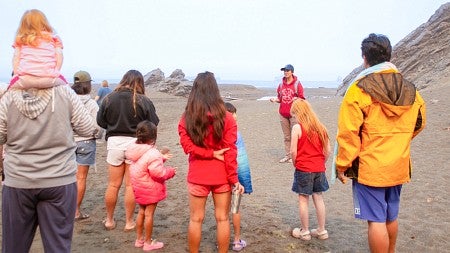
Last summer, Fox worked as an Oregon Sea Grant Summer Scholar at the Redfish Rocks Marine Reserve, focusing on science communication and marine reserve interpretation. They developed and implemented a junior ranger program for the area and led a webinar on science communication for the Cape Perpetua Collaborative.
“I’ve loved it,” Fox said. “It’s been super rewarding, especially seeing the results and how people respond to it, like doing the junior ranger program over the summer and really getting to work with kids, and seeing how excited they get.”
In the fall, Fox will start a master’s program in fisheries with a focus on oyster aquaculture. As Fox talks to fisheries and oyster farmers, they said they hope to incorporate their science communication knowledge into the research process.
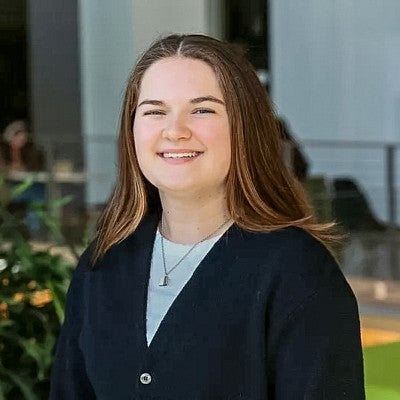
Grace Connolly: Sharing science through social media
Unlike Fox and Graham, second-year student Grace Connolly isn’t majoring in a STEM field, but rather journalism, with minors in science communication and comparative literature. She was drawn to the minor from the perspective of a journalist trying to better communicate science, but she has met many people across different disciplines.
“For me, I was definitely more interested in doing the climate change part of it, but I’ve talked to people who are science communication minors focusing on health or engineering,” Connolly said. “I think it’s really great that we can all be in the same classes, but we are doing so many different things with the minor.”
Throughout her classes, Connolly said she learned about the process of scientific research and learned a style of writing that differs from the standard journalistic writing taught in other J-school classes.
“[With science communication] you see the research, you see how long it has taken people to work on this project and this research, and because of that, I think you have to have the same thoroughness and care when presenting the information,” Connolly said. “Otherwise it makes the research seem like it doesn’t matter as much.”
It was also through her classes that she learned about an internship at the Cascadia Region Earthquake Science Center (CRESCENT), where she manages the organization’s social media channels. Her role consists of announcing fellowship programs, amplifying the organization’s published research and creating content during events.
“I absolutely love it,” Connolly said. “It’s been cool to learn more about earthquakes and the science surrounding them.”
—Ella Norton, public relations ’24
Ella Norton (she/her/hers) ’24, a graduate of the SOJC, is from Kansas City, Missouri. She majored in public relations and French and is the executive print editor for Align magazine, an account supervisor for Allen Hall Public Relations and an ambassador for the SOJC.
